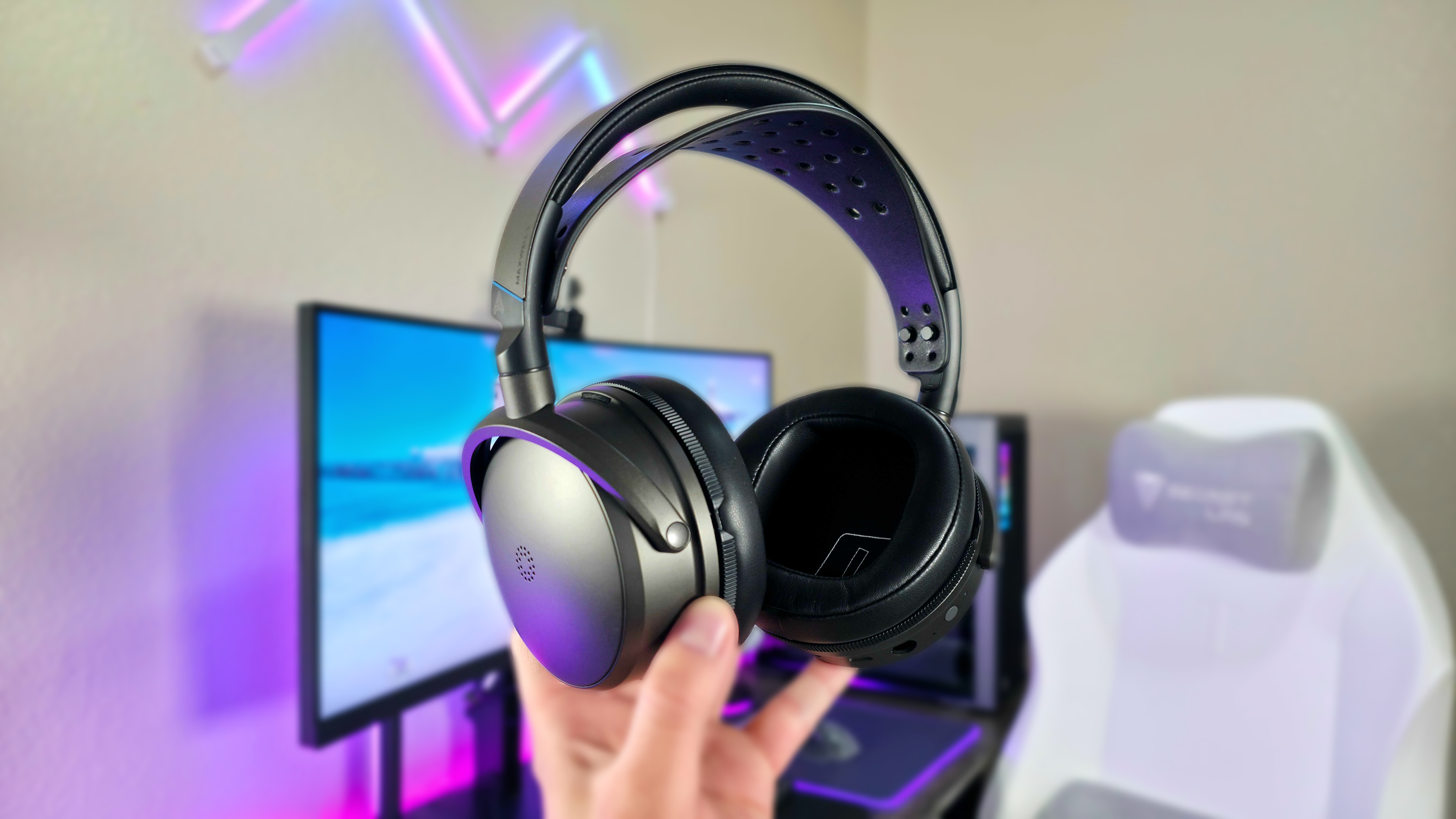Coming and going, Part I: This is the worst time for apps to leave Windows Mobile
What comes first: the chicken or the egg?
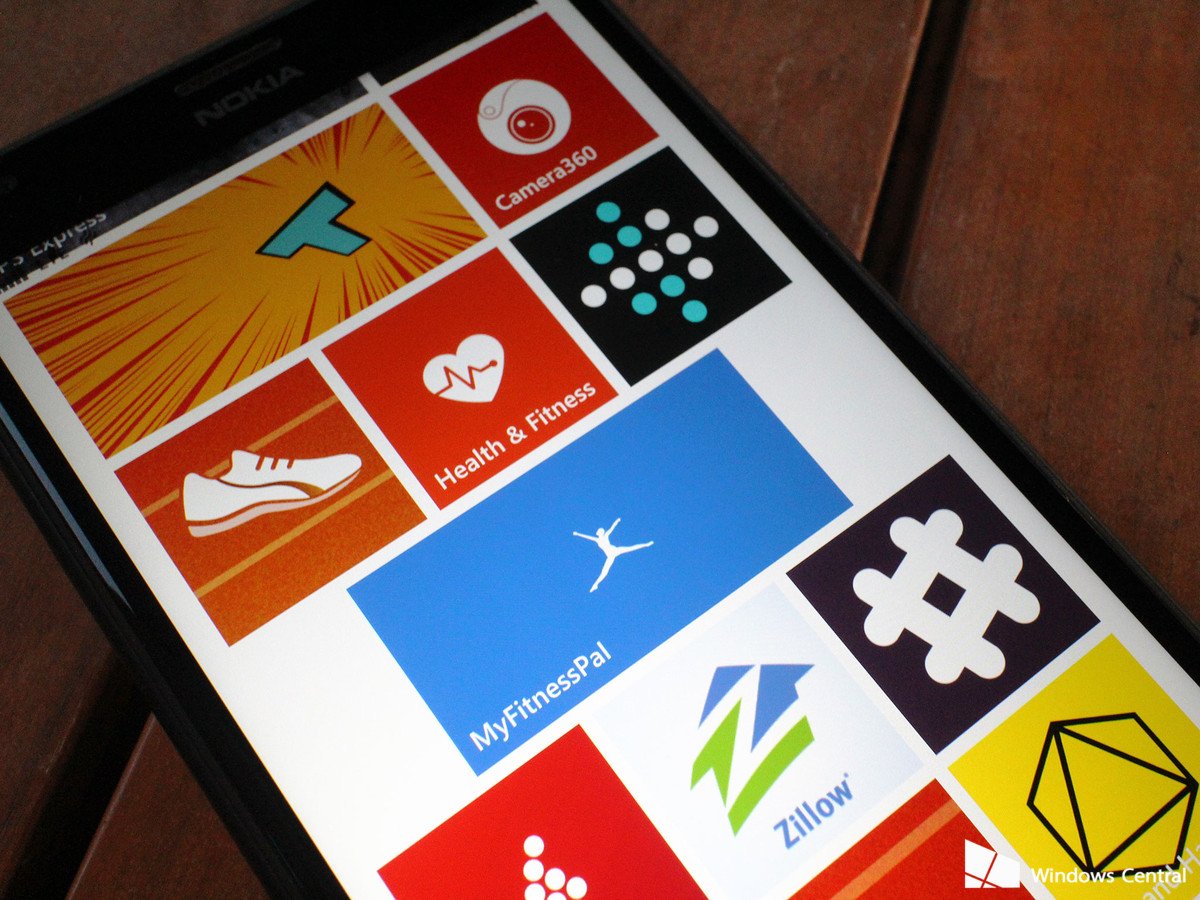
That conundrum is often used to portray the problem of the relatively weak developer support that has plagued Microsoft's mobile platform and now the broader Universal Windows Platform of which it is a part.
We know that developers will make apps for a platform that has a reasonable number of users. Users will also use a platform that has the popular apps they enjoy. Windows phone has historically had a poor representation of both users and app developers, and therein lies the problem. Users won't come (in part) due to missing apps. Developers won't bring apps to a platform without users. And around and round we go.
Admittedly, there are many Windows phone users that greatly enjoy the platform and find that the "app gap" presents a minor impact to their smartphone activity.
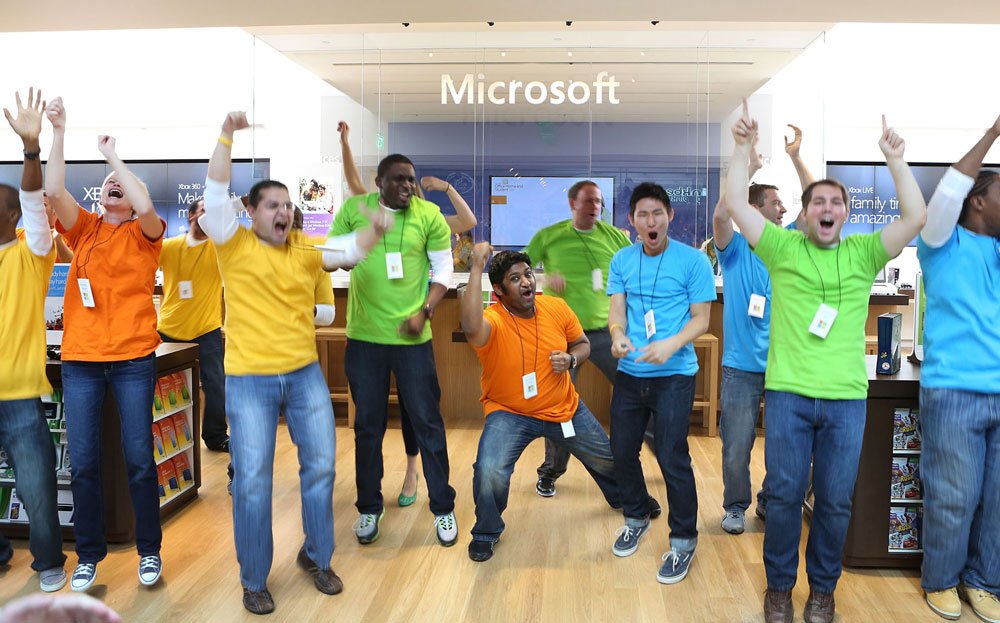
The Windows phone user base numbers in the millions, but it accounts for just 1% of global smartphone users — a lot of users, but a small target compared to iPhone and Android. The experiences, compromises, and expectations of Windows phone users are not completely reflective of the rest of the billions of other smartphone users out there.
When you use iOS or Android, you expect that any advertised app will be available on your phone, whether you're inclined to use it or not. A Windows phone user is often better served not getting his hopes up, given the lackluster level of developer support. Currently, Windows phone is indeed alive and kicking, but many developers consider Windows only as an afterthought, if at all. Even worse, there are those who have supported the platform, and seemingly as a second thought decided the platform was not worth continued investment.
Alas, these departing developers and businesses have joined what is seemingly, on some level, a Windows phone app exodus.
Three's a crowd
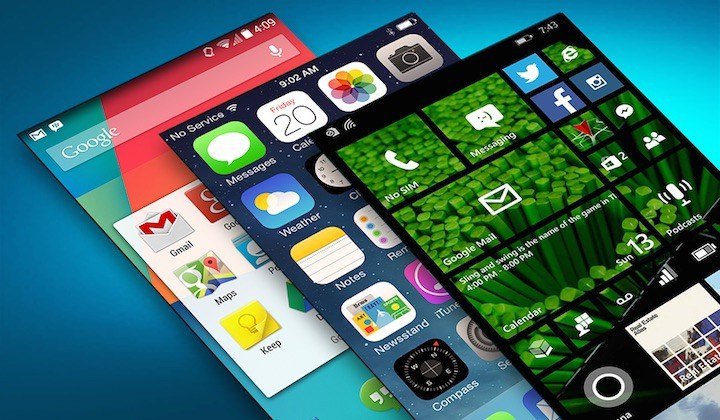
The industry of developers, users and the platforms, iOS and Android, have seemingly forged a symbiosis that benefits that trio of entities. Users demand apps that developers eagerly provide. Apple and Google reap millions of dedicated users to their respective platforms. The dreaded "other" category of platforms to which Windows phone has been recently relegated struggles on the outside, reaching in, in an attempt to be a part of that dynamic, popular and relevant "clique."
All the latest news, reviews, and guides for Windows and Xbox diehards.
Windows mobile is strategically buoyed by the UWP.
Despite a perpetual struggle, and general consumer rejection, Microsoft's mobile platform has remained afloat (despite declarations of its demise). Windows Mobile is strategically buoyed by its position as part of the broader Universal Windows Platform. Moreover, Microsoft's "one core" strategy offers developers an incentive of hundreds of millions of Windows users as a potential target of a developers Store apps. Some developers have continued their embrace of the platform while others, despite this incentive, have opted out.
Still, Microsoft envisions' a future for its phones. In a memo to OEM partners in May of this year Microsoft stated:
We'll continue to adapt Windows 10 for small screens. We'll continue to invest in key areas – security, management, and Continuum capabilities – that we know are important to commercial accounts and to consumers who want greater productivity. And we'll help drive demand for Lumia devices.
The consistent builds that are released for not only Windows 10 desktop but also Mobile are a testimony to this commitment. Moreover, the attention that is expected to be received by the mobile portion of the UWP in the RedStone 2 update is encouraging. Despite wavering developer support and vociferous complaints from the fan base, Microsoft is intent on having a piece of the mobile pie beyond an app presence on iOS and Android.
Going, going, GONE!
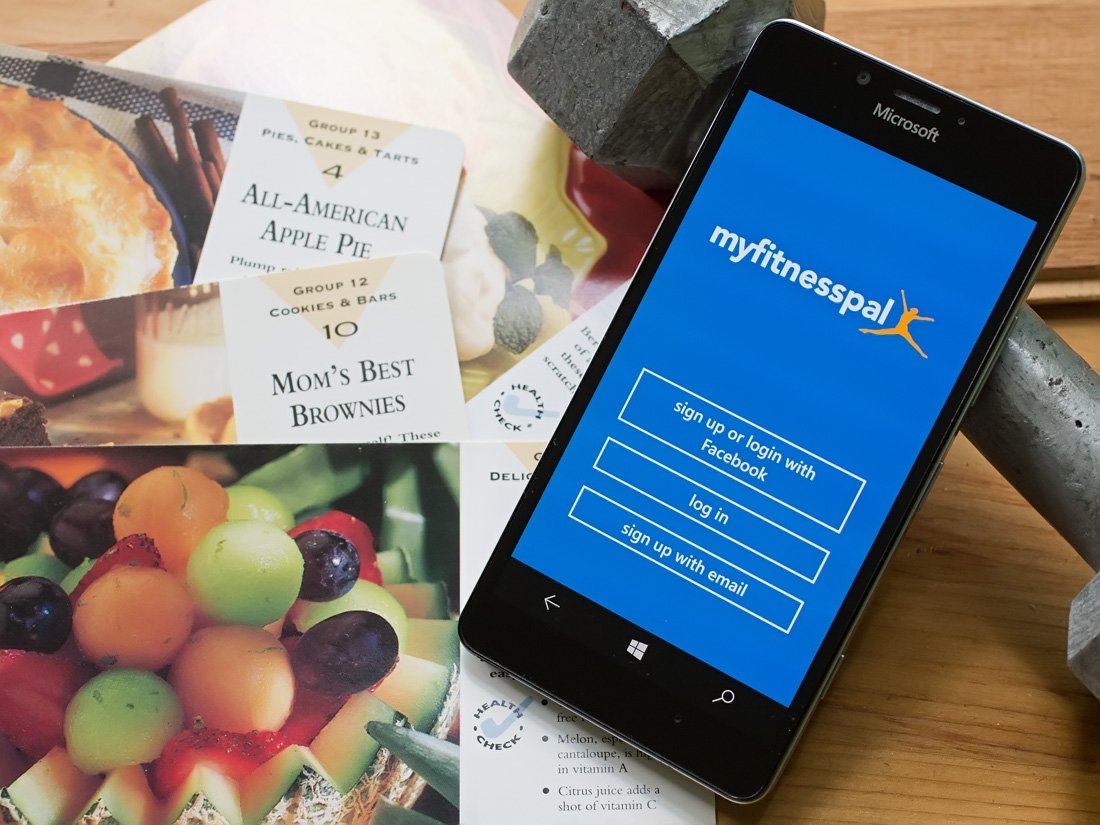
Microsoft's commitment has not gone unchallenged. 2016 has not been an easy year for Microsoft's mobile efforts or the platforms dedicated fans. We've seen a continuing drop in market share. This loss of share though expected under the firm's retrenchment efforts is still not easy to see.
This app exodus is occurring during a time of flux in the smartphone industry.
The release of data that reveals the plunge of Microsoft's mobile share from its minuscule 3% to 1% would be discouraging to anyone. It has evidently discouraged the developers of My Fitness Pal, Kayak and several others as they have removed their apps from the platform. In the face of quarterly data that we know reflects an expected, retrenchment-affected, market share decrease, app developers seem to receive this data as a signal to depart the platform. It is a distressing trend.
Though data that reflects Microsoft's current position is a relevant measure for developers to determine their investment or lack thereof in Microsoft's ecosystem, it is not the only measure. Indeed, this app exodus is occurring during a critical time of flux in the entire smartphone industry.
Riding the wave or wiping out?
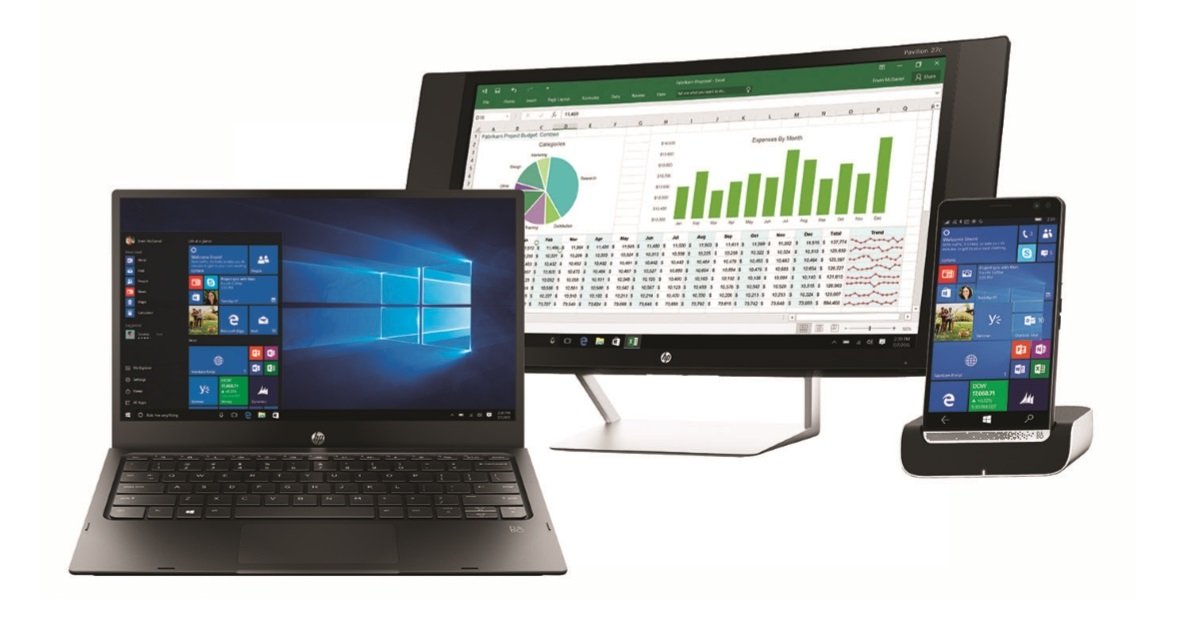
Like a surfer riding a wave, Microsoft is following this shift. The company is no longer looking to compete in the traditional/modern smartphone space. After nearly ten years since its inception, the modern smartphone market is at the beginning of a tectonic shift. Smartphone hardware specs have nearly plateaued in the phones evolution toward the form and function of pocketable PCs. Even the recently announced iPhone 7, "the best iPhone yet", remains (in my opinion) on a dead-end course of incremental advancements rather than meeting the transformative needs of the current paradigm shift.
Microsoft's strength is designing software and hardware that easily transitions according to context with Windows 10, universal apps and Continuum. This positions them for the next bend in the curve with a potential ultra-mobile PC or 3-in-1.
Furthermore, personal computing is moving toward a focus on messaging as a platform. Under this paradigm users will be able to "do" things via bots or apps directly from the messenger on their smartphones. Microsoft's purchase of messenger developer Wand Labs positions Redmond to potentially standardize, via its Conversations as a Canvas strategy the use of app functions without the need for the app on one's device.
Moreover, there are inherent shortcomings to the current "warehouse of apps" app model. The move toward AI and bots, supported by giants such as Facebook, Apple, Google and Microsoft along with start-up Viv looks to rectify those problems.
Furthermore, Microsoft's Universal Windows Platform, which encompasses all form factors presents a much broader opportunity for developers than the small Windows phone market alone.
Developers who've removed their apps may not be considering the changing industry.
Consequently, developers who have removed their apps from Windows after focusing on Redmond's current state and the data reflecting the company's dropping mobile share may be missing an opportunity inherent in the industry's current shift and Microsoft's position as a leader therein.
Still, the apps are gone, more may leave, and that's not a good thing.
This doesn't look good
Though never a good time, developers pulling apps from Windows probably couldn't come at a worse time than right now.
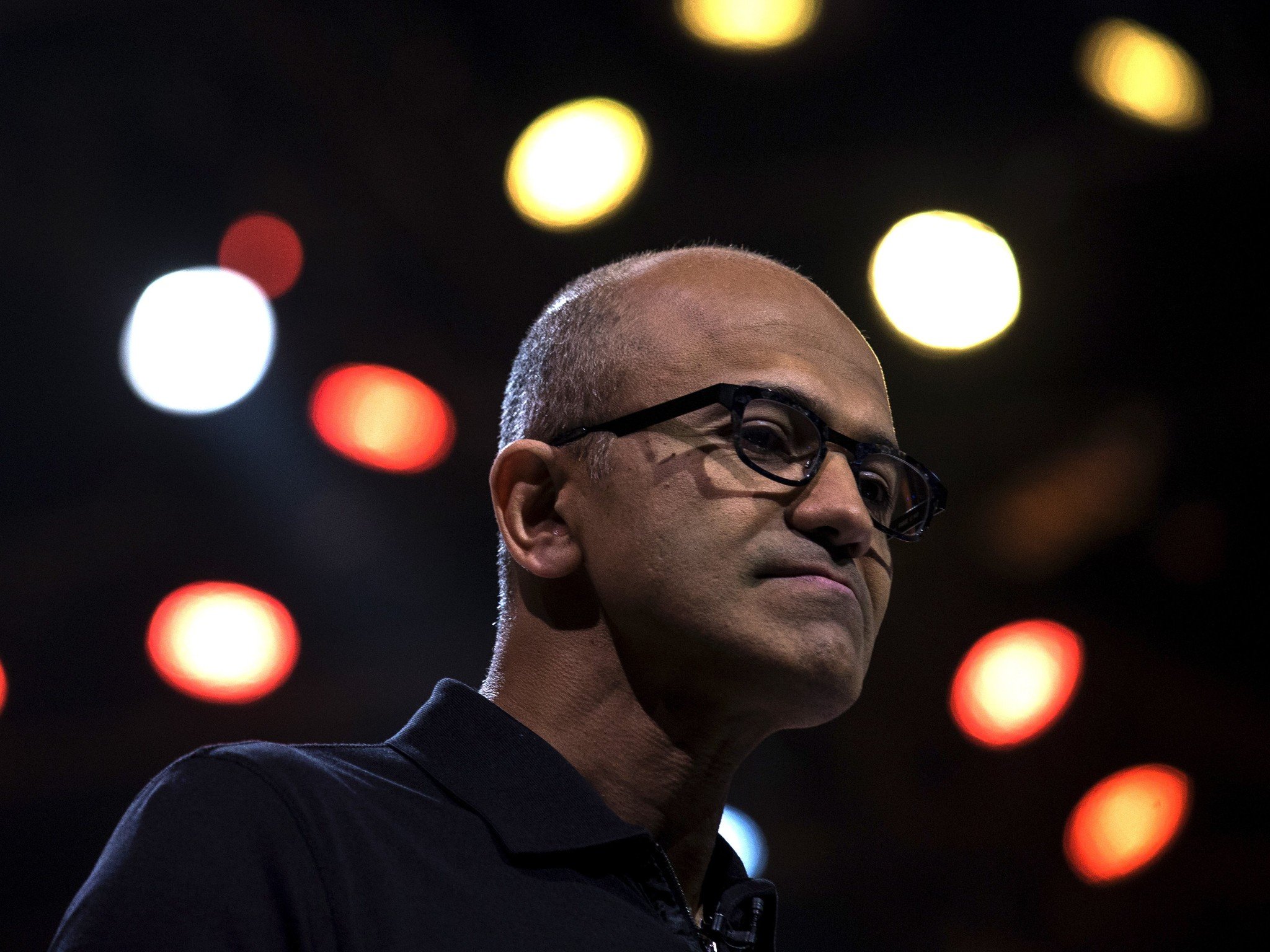
Microsoft is in the nascent stages of trying to sell the industry on its Universal Windows Platform. Their messaging deliberately takes the focus off of the phone and directs it toward the breadth of the entire universal platform which includes PCs, Xbox, 2-in-1s, HoloLens, phone and more. Those who resist this perspective have likely not fully embraced the implications of a universal platform. Terry Myerson expressed it this way in his notoriously misinterpreted words earlier this year:
We're fully committed to that 4-inch screen, there will be a time for it to be our focus, but right now it's part of the family, but it's not the core of where I hope to generate developer interest over the next year. There's no lack of recognition to realize how important that form factor is, but for Microsoft with Windows and for our platform it's the wrong place for us to lead.We're going to do some cool things with phones, but this year phones are an important part of our family but not the tip of the spear.
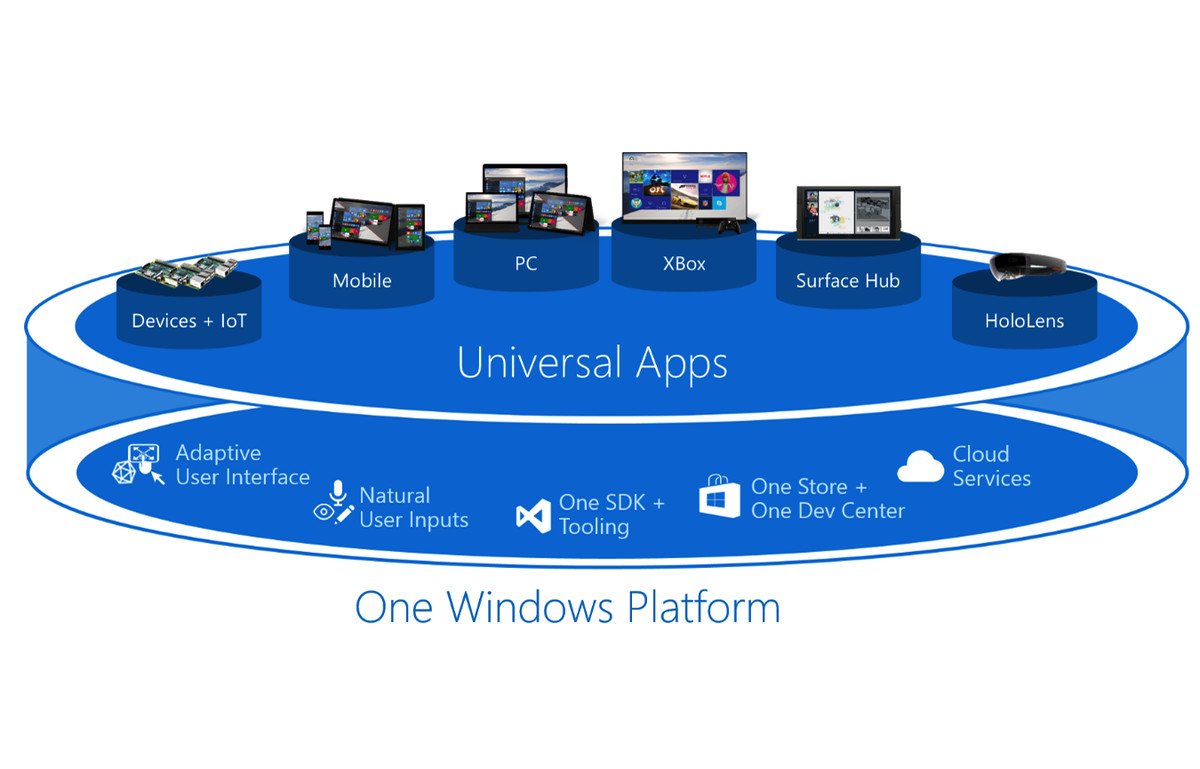
Myerson was indicating that the UWP, which incorporates a multitude of form factors, had a better chance of being supported if Microsoft appealed to developers with the more popular and more widely used form factors. If developers came to Windows for Xbox, PC or HoloLens, OneCore ensured that phone could also benefit from a developer's investment in Windows.
Thus, whenever a developer pulls an app from Windows phone, that removal ripples across the ecosystem and affects current users, other developers and how the platform is perceived.
Whenever an app is pulled negative ripples flow across the ecosystem.
Microsoft needs every developer vote of confidence it can get; each is a public validation of its strategy. Developers retreating from the platform is a condemning indictment that they no longer share Microsoft's vision. To invest in Windows only to later leave, signals to other developers that the experience of investing time and money in Windows was ultimately not worth that developer's effort. This effect is compounded when high-profile developers leave. In essence, whether valid or not, it is a silent advisement to other developers not to waste their time.
Fans of the platform are impacted by these departures as well. Microsoft, developers, and users are all members of an ecosystem to which each member adds value and by their participation acknowledges the value of the others. Microsoft builds the platform. Developers contribute their apps. Users invest time, money and energy supporting and championing the platform. It is perceived as a virtual slap in the face when developers who helped build the ecosystem reject it and by proxy the users that remain who valued that developers app.
Fair or not: as apps leave, fans are angered, and the UWP is perceived as a failure.
The emotions evoked by this elimination of support can be heard in the anger and frustration of some fans. Of course, a respectfully articulated argument is more compelling than the profanity laced tirades or name calling we sometimes encounter. The point here is that when developers pull their apps, many users are affected on an intensely emotional level; other developers are inclined not to invest in the platform and the UWP is perceived as a failure.
It's not over
Despite the challenges Microsoft is encountering, they're continuing unabated toward a goal to make the UWP a success. In truth, though several apps have been pulled from the platform many others have come to the platform.
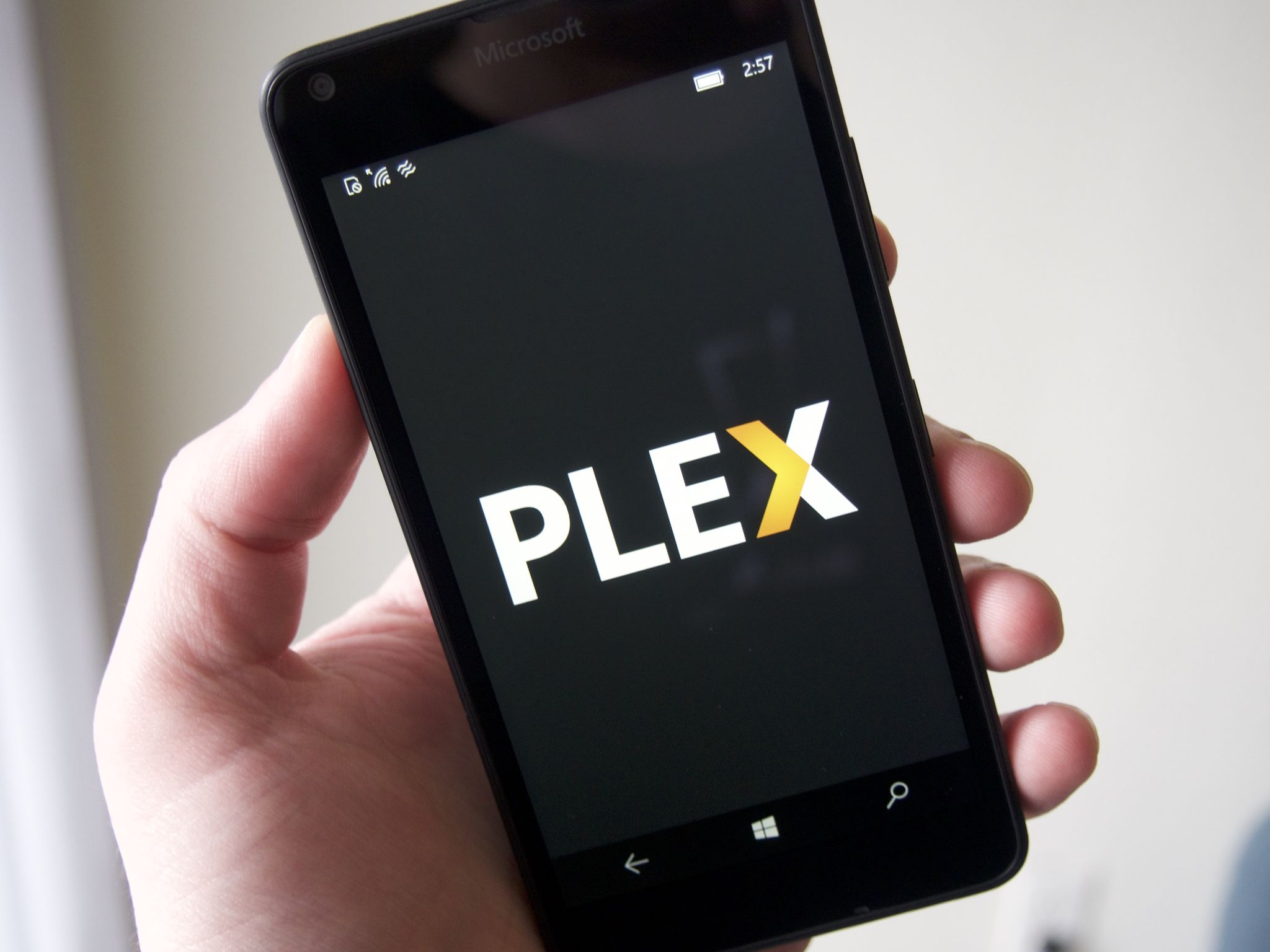
Furthermore, Microsoft's UWP is only a year old. Though they've been working toward this dream for two decades. Given the many years invested in bringing the UWP to fruition I doubt that a year of negative press, some departing apps, and negative commentary will dissuade the company from doing all it can to ensure the UWP succeeds.
That said, there is a real impact to how the platform is perceived and how users are affected when developer after developer leaves the platform. How will Microsoft manage that fallout? More to the point what can they do to keep developers from leaving?
Sound off in comments and Twitter!

Jason L Ward is a Former Columnist at Windows Central. He provided a unique big picture analysis of the complex world of Microsoft. Jason takes the small clues and gives you an insightful big picture perspective through storytelling that you won't find *anywhere* else. Seriously, this dude thinks outside the box. Follow him on Twitter at @JLTechWord. He's doing the "write" thing!
